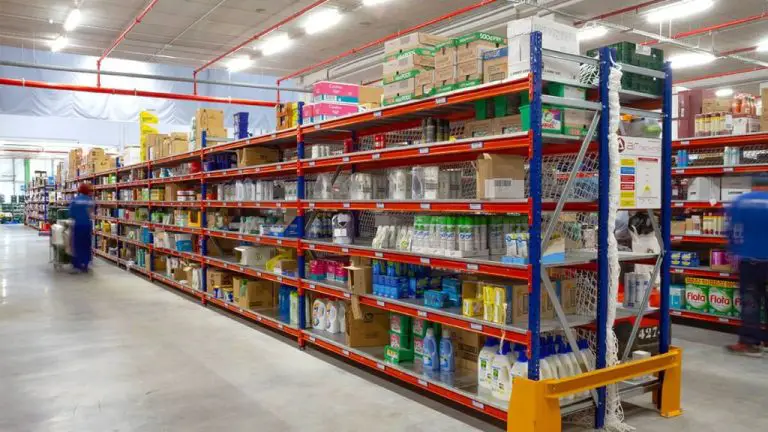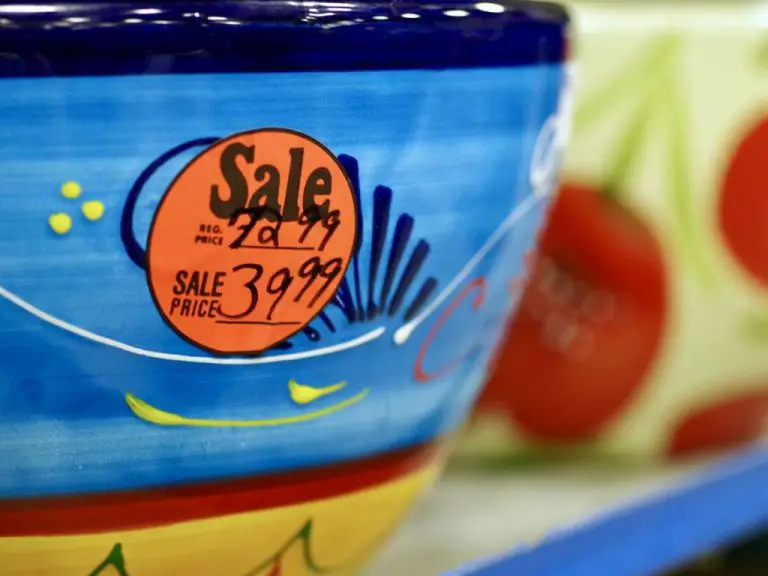Does Clay Become Waterproof?
What is Clay?
Clay is a fine-grained, naturally occurring earth material composed primarily of hydrous aluminum silicates and other minerals. The composition and properties of clay can vary widely depending on the location it is found, but all types of clay contain silica, alumina, and water in varying amounts.
There are four main groups of clays:
- Kaolinite – This type of clay is typically white or light-colored. Kaolinite clays have low plasticity and dry strength.
- Smectite – Smectite clays like bentonite have high plasticity and can absorb large amounts of water. They are sticky and expandable.
- Illite – Illite clays have moderate plasticity and strength. They are non-expanding and less sticky than smectite clays.
- Chlorite – Chlorite clays tend to be gray to green in color. They have low-to-moderate plasticity.
The specific mineral composition and structure of different clay types gives them unique properties that make them suitable for applications ranging from pottery to construction.
Clay’s Natural Porosity
Clay contains spaces between particles or layers that allow water to permeate the material. The tiny pores or holes between the layers of clay crystals give clay its characteristic porous quality. The pore spaces allow liquids and gas molecules to flow through the clay. As a result, pure clay in its natural, unfired state readily absorbs water and moisture. This natural porosity makes unfired clay susceptible to damage from exposure to water.
Making Clay Waterproof
Firing or baking clay is the most common way of making it waterproof. When clay is fired at high temperatures ranging from 1000-1200°C, the clay particles bond together more tightly, reducing the natural porosity of the clay. This makes the clay denser and less permeable to water.
Glazing the surface of fired clay provides an extra waterproofing barrier. Glazes are usually made of silica, flux, and alumina. When applied to fired clay and re-fired at high temperatures, the glaze melts and fuses to the clay body, sealing the pores on the surface. This creates a glass-like coating that water cannot penetrate.
The combination of firing and glazing clay effectively makes it water-resistant for most applications. Unglazed clay is still somewhat porous even after firing, so glazing provides the best waterproofing result.
Waterproofing Without Firing
There are a couple options for waterproofing unfired clay without having to bake it. These allow you to seal and strengthen soft clay crafts and pottery so they can withstand exposure to water.
One method is applying wax or oil coatings. Beeswax, paraffin wax, and mineral oils can soak into the clay to make it repel water. The clay piece needs to be fully dried first. Then the wax or oil is brushed on, allowed to fully soak in, and buffed to a sheen. Multiple coats are usually needed for best effect. The sealing properties come from the hydrophobic nature of the waxes and oils.
Another technique is using commercial waterproofing sprays. These are products like sealers, varnishes, and lacquers designed for clay crafts. They chemically bond to the clay surface to add a protective barrier. The clay pores are clogged so water has difficulty penetrating. With aerosol sprays, several light coats are applied until the clay has a uniform finish.
Testing Waterproofness
The most straightforward way to test how waterproof a clay object is involves submerging it in water and observing how much water it absorbs over time. Here is a simple process for testing waterproofness:
- Start with a few clay samples that have been treated in different ways – some fired, some waterproofed without firing, and an untreated raw clay as a control.
- Weigh each sample and record its mass.
- Submerge all the samples in containers of water, ensuring they are fully covered by the water.
- After a set time period (e.g. 5 minutes), remove the samples from the water.
- Blot the surface water gently with a towel.
- Immediately weigh the samples again and record the new mass.
- Compare the change in mass – the samples that absorbed the most water will have increased the most in mass.
This simple water submersion test reveals how porous and absorbent the different clay samples are. The ones that resist water absorption the most can be considered the most waterproof.
Factors Affecting Waterproofness
There are several key factors that affect the waterproofness of clay:
Clay Composition
The natural composition and mineral content of the clay determines its initial porosity and ability to become waterproof. Clays higher in flux materials that promote vitrification at lower temperatures, such as feldspar, are more likely to become waterproof when fired.
Firing Temperature
The temperature at which the clay is fired significantly affects waterproofness. Higher firing temperatures allow the clay to vitrify, closing pores and creating a denser, less permeable material. Temperatures of at least 2200°F are typically required to fuse clay bodies into an impermeable ceramic.
Glaze Ingredients and Application
Applying a glaze can greatly improve waterproofness. Dense, vitreous glazes with ingredients like silica and alumina fill pores and create a non-porous glass surface. Complete, even glaze coverage is important to seal the entire piece. Multiple glaze layers further enhance water resistance.
Applications of Waterproof Clay
Waterproof clay has become popular for certain applications where exposure to water is expected. Here are some of the main uses:
Outdoor sculptures
Artists and sculptors often use waterproof clay for pieces that will be displayed outdoors and exposed to the elements. Since waterproof clay is durable and retains its shape when wet, it is ideal for garden sculptures, fountains, and other outdoor artworks.
Planters and pots
Gardeners frequently use waterproof clay pots and planters to hold plants and soil. By preventing moisture from being wicked away, waterproof terra cotta provides an optimal growing environment for many plants. Large decorative urns and pots for patios and porches are also often made from waterproof clay.
Bathroom features
Due to its ability to withstand moisture, waterproof clay is commonly used in bathrooms. Soap dishes, tile, sinks, bathtubs, and shower surrounds made from waterproof terra cotta add beauty and functionality to bathrooms. The water-resistant nature allows bathroom features made of clay to last longer.
Limitations of Waterproof Clay
While clay can be made waterproof through various methods, it’s important to understand the limitations of waterproof clay over time.
One key limitation is that waterproof clay can become more permeable and lose its water-resistance over time. When clay is fired at high temperatures, the clay particles vitrify, filling the pores and creating a harder, denser, and more waterproof material. However, no clay product is 100% impermeable, and prolonged exposure to weather and moisture can still allow water to seep in, especially through any cracks or unglazed areas.
Another limitation is that any glaze or other waterproof coating applied to the clay can become compromised. As the clay ages and endures temperature changes, glazes may crack or peel, exposing the porous clay underneath. Any chips, scratches or wear in the glaze will create openings for moisture to seep into the clay body. Re-applying a glaze or sealer can help limit water absorption.
While waterproofing methods can make clay highly water-resistant initially, permeability and glaze issues mean that some moisture will likely penetrate the clay over time. Proper maintenance and re-application of waterproofing treatments can prolong the lifespan of waterproof clay products.
Improving Waterproofness
There are a few key ways to further improve the waterproofness of clay:
Multiple glaze coats – Applying multiple thin coats of glaze can help seal the clay surface more thoroughly than a single thick coat. Allow each coat to dry before adding the next. The more glaze layers, the less porous the surface becomes.
Higher firing temperatures – Firing the clay at a higher temperature can cause the glaze to melt and fuse together more seamlessly, reducing pores and holes where water could penetrate. Temperatures between 2200-2300°F typically result in an impermeable glaze.
In addition to glazing and firing techniques, the clay body composition itself also affects waterproofness. Denser clay types with finer particle sizes can yield less porous pieces before glazing. Using clay additives like grog or chamotte can also reduce natural absorbency.
Key Takeaways
Clay can be made water-resistant through proper processing and treatment but cannot be made completely 100% waterproof. There are methods like firing, chemical waterproofers, and sealants that allow clay to resist water penetration and damage. However, its porous nature means moisture can still seep in under pressure over time.
Making clay water-resistant provides benefits like enabling outdoor use for sculptures and ceramics. It also allows clay structures to withstand some exposure to rain and moisture. However, limitations remain in extremely wet conditions or when submerged in water for long periods.
While not fully impervious, clay’s water resistance can be improved through techniques like compaction, repeated firing, additives, and coatings. Still, clay remains porous and hygroscopic so complete waterproofing is not possible. Proper treatment and care is required to maximize clay’s water resistance for any application.




